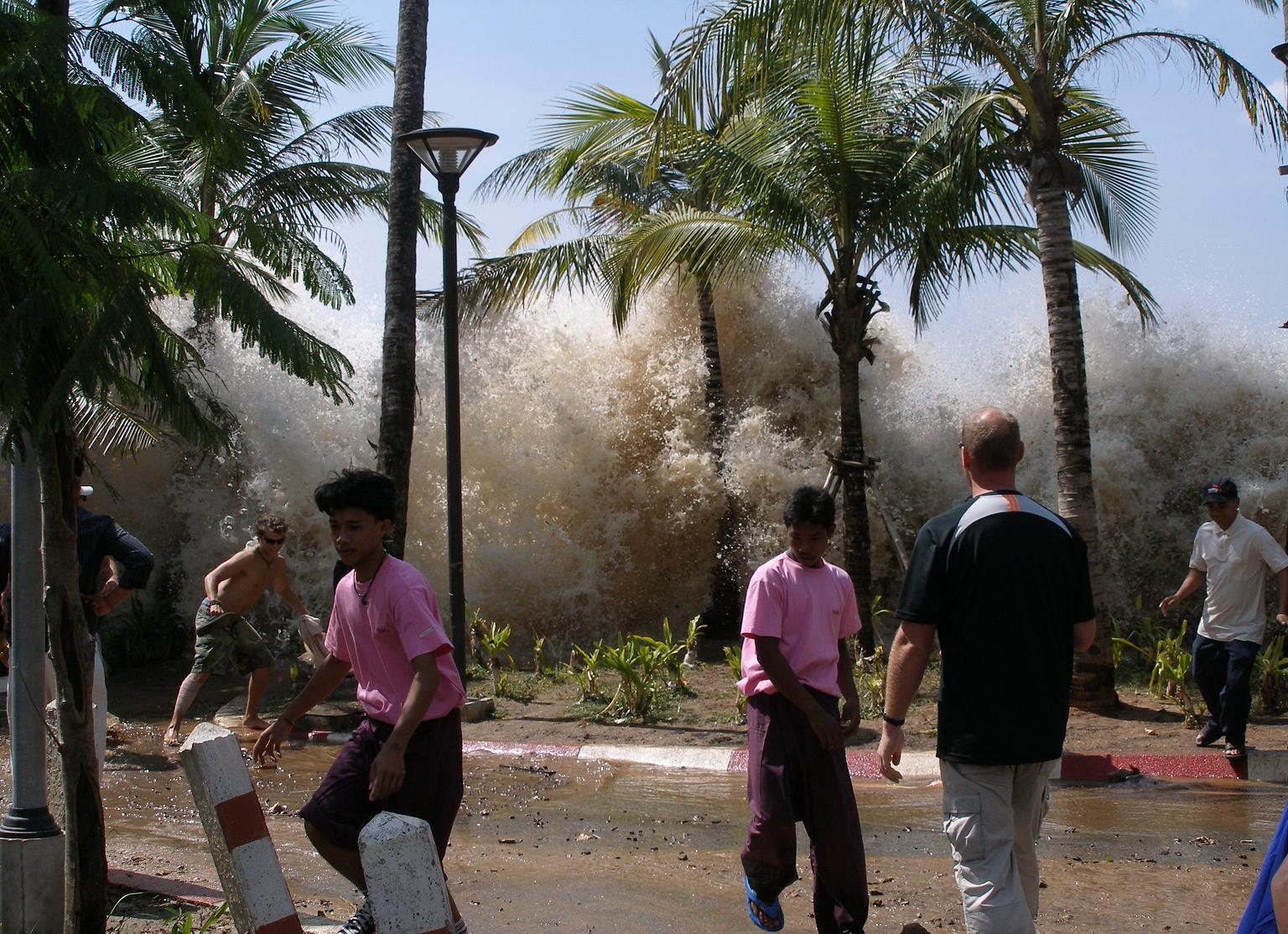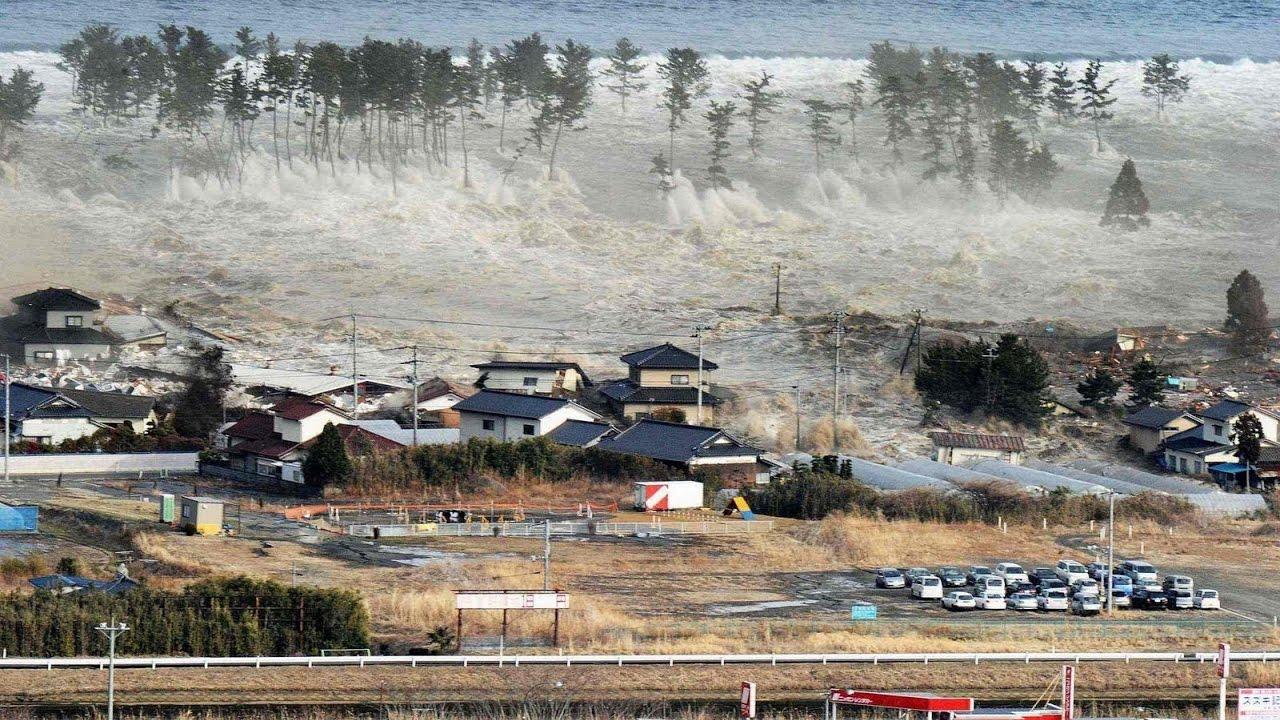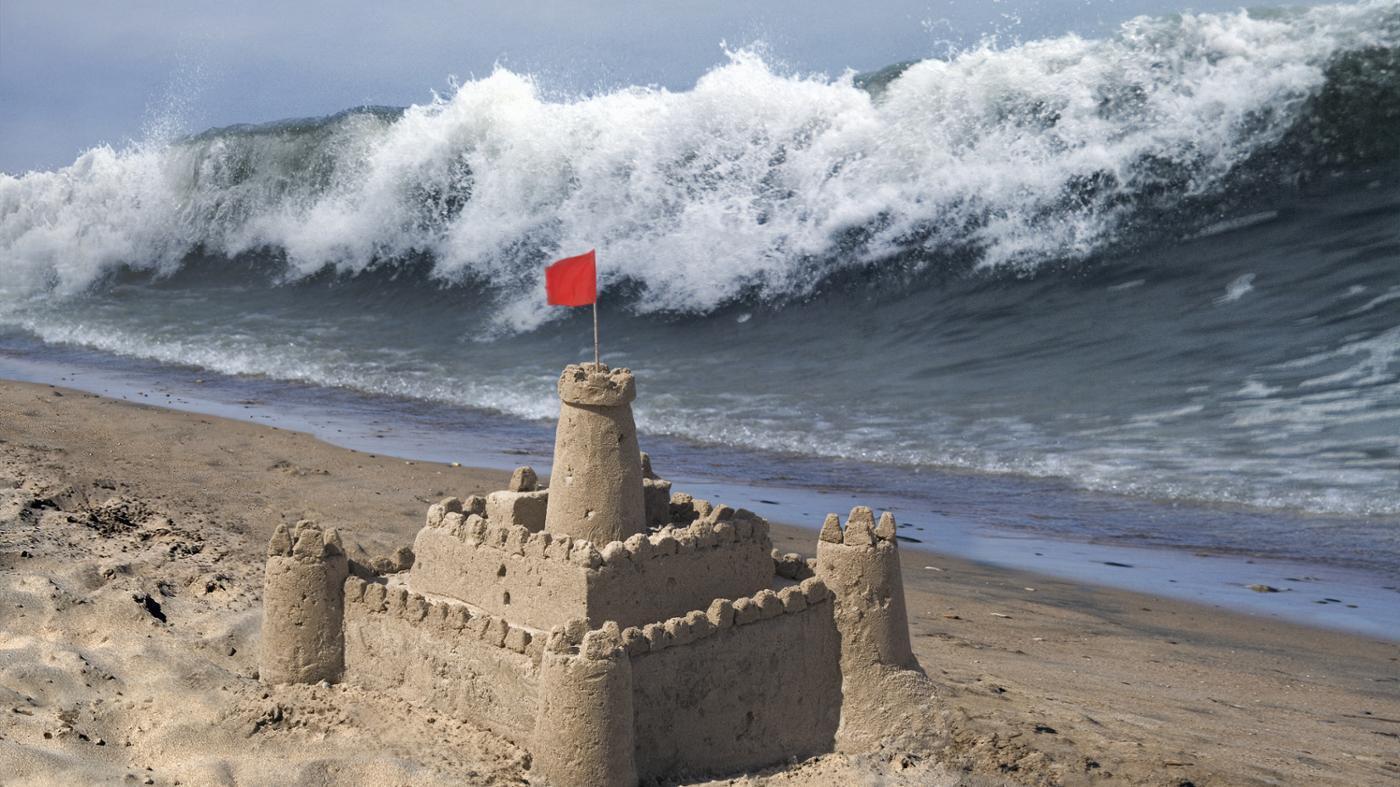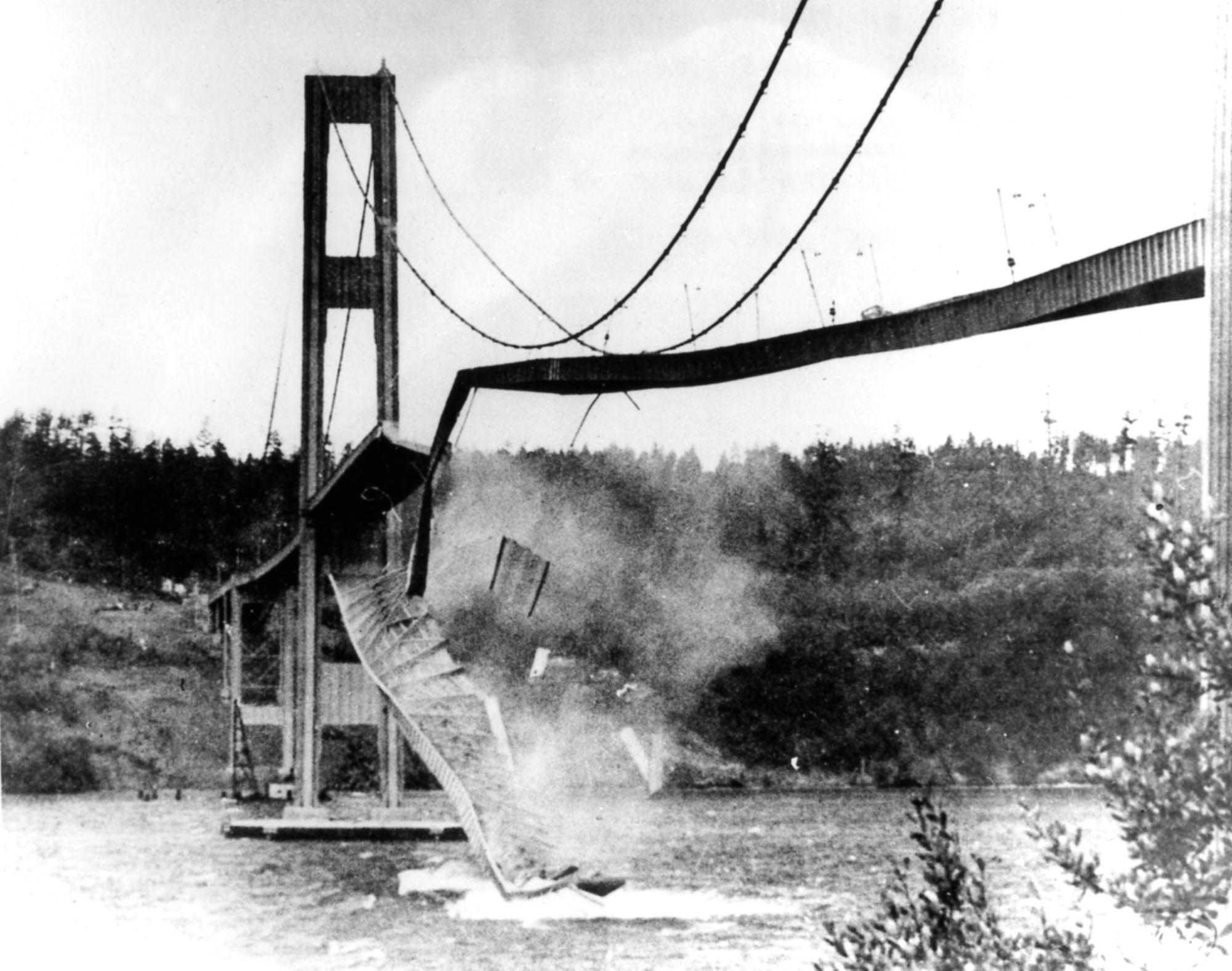Japan tsunami 2004, the worst ever tremour that shook Indian Ocean

13-years ago a magnitude of 9.1 earthquake recorded on Richter scale struck underwater of Indian Ocean near Indonesia creating a massive plate shift, Tsunami. It claimed 2,30,000 lives and left many without a home in more than fourteen countries making it one of the worst recorded disasters till date.
Hundreds of of villages in coastal areas were swept away with the gushing waters. What remained back was only extensive piles of timber and the remains of buildings. The waves were so high and mighty that the buildings which withstood the earthquake to maximum extent also experienced severe destruction.

On this day people who were enjoying Christmas vacations on the beaches of Thailand, coastline of Tamil Nadu, Kerala, Andhra Pradesh, Pondicherry, Maldives and Andaman & Nicobar islands were struck by the high-speed waves resulting in several lives being lost. The disaster left several people in a state of shock with nightmares that still haunt them.


Going back in time, on the morning of December 26 at 8 am a quake of magnitude 9.1 was registered off the Sumatran coast. 30 minutes after the first quake, waves over 30 meters struck Sumatra and the country ended up losing over 1.3 lakh people. And around the same time, the second quake hit Andaman & Nicobar islands. In the span of half an hour, the waves reached the coasts of Myanmar and Bangladesh and then Sri Lanka and the mainland India causing widespread destruction.

Indian Ocean Tsunami Warning and Mitigation System which was officially launched in 2005, became fully operational in 2011. Researchers have been working on the data and scientists have been developing better models and keeping a track on the movement of waves from seas to the shores since then.



